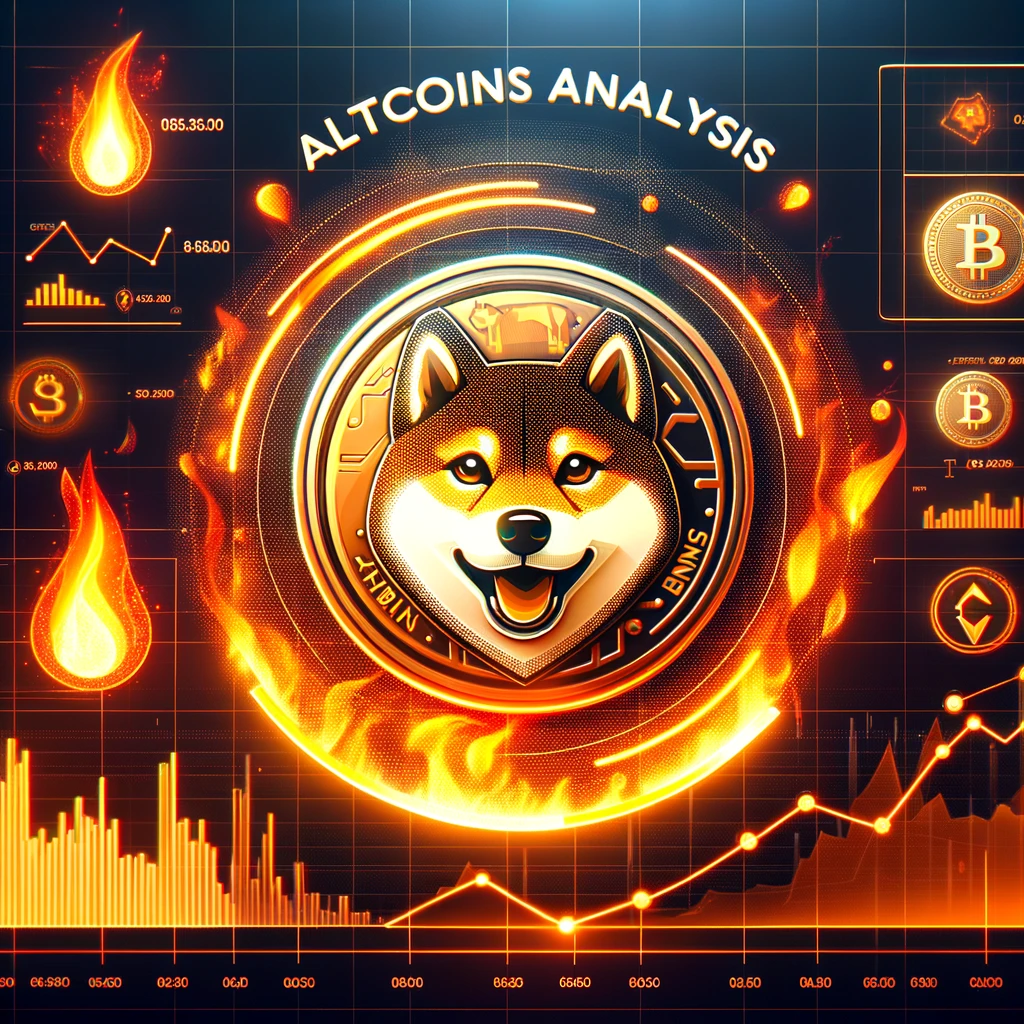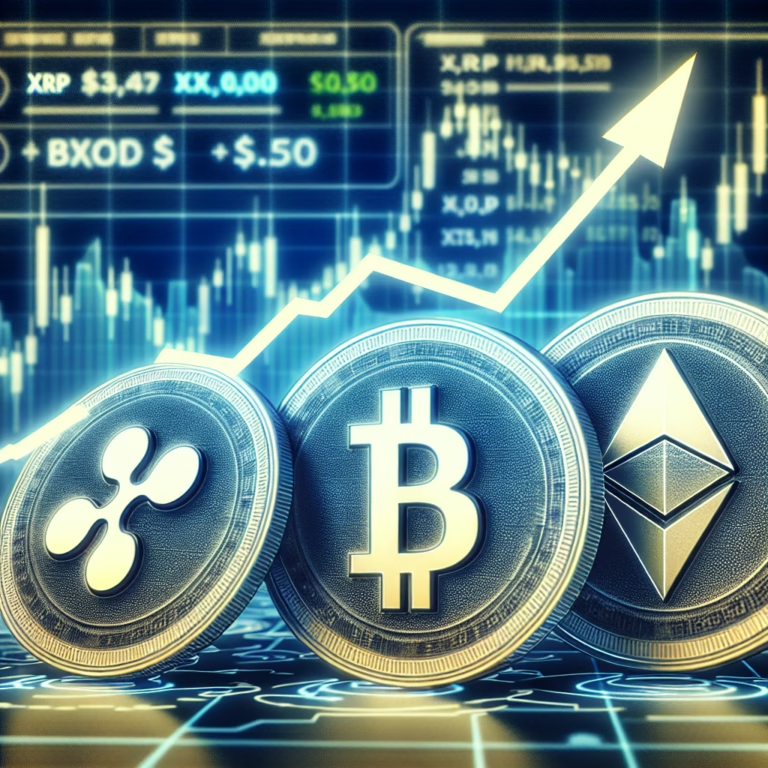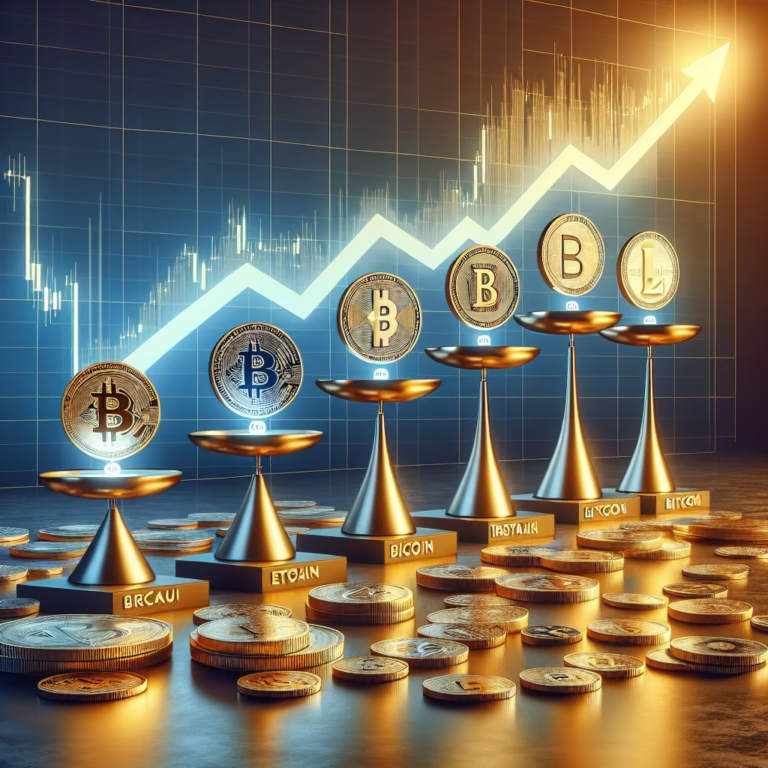
The allure of a Shiba Inu (SHIB) or Terra Luna Classic token reaching a penny in value is undeniable. However, a recent analysis by a computer engineer throws cold water on these aspirations, highlighting the sluggish pace of current burning mechanisms and the vast supply these projects face.
SHIB to Follow LUNC’s Path
The article dives into the burning strategies of both SHIB and LUNC. SHIB has garnered attention for its community-driven burns and the upcoming Shibarium L2, a Layer-2 blockchain promising automatic burns based on on-chain activity. Despite the community burning 76.4 billion SHIB in 2023 and a significant burn by Shibarium developers in January 2024, the remaining supply remains a staggering 589 trillion. This is especially concerning considering the initial supply was nearly double that amount, with half being gifted to Vitalik Buterin, the founder of Ethereum.
The situation with LUNC isn’t much rosier. The community has managed to destroy over 1 trillion tokens, bringing the total supply down to 5.73 trillion. However, Binance, the leading crypto exchange, also burns a portion of LUNC trading fees every month. Despite these efforts, the price appreciation hasn’t kept pace. Even with a trillion tokens out of circulation, LUNC’s price has only increased by a meager 3.8% compared to last year.
The engineer emphasizes the dissatisfaction within the LUNC community, even though their remaining supply is significantly lower than SHIB’s. This highlights the challenge – burning millions daily isn’t enough to overcome the sheer volume of tokens in circulation.
Looking ahead, hope rests on the potential of Shibarium L2’s auto-burn mechanism. Theoretically, this could significantly increase the burn rate depending on activity levels. However, a key question remains unanswered – when will the developers implement a system to burn SHIB with every on-chain transaction?
Adding another layer of complexity, CoinGecko lists Terra Luna Classic’s (LUNC) theoretical maximum supply as infinite. This throws a wrench into the idea of achieving scarcity through burning, as new tokens could potentially be minted in the future.
In conclusion, while burning can be a tool to influence tokenomics and potentially drive price increases, the current strategies employed by SHIB and LUNC appear insufficient to reach their ambitious “penny dream.” Both projects face massive supply hurdles, and the effectiveness of planned solutions like Shibarium L2’s auto-burn remains to be seen. Investors hoping for a quick price surge due to burning should be cautious and focus on a more comprehensive analysis of these projects.






